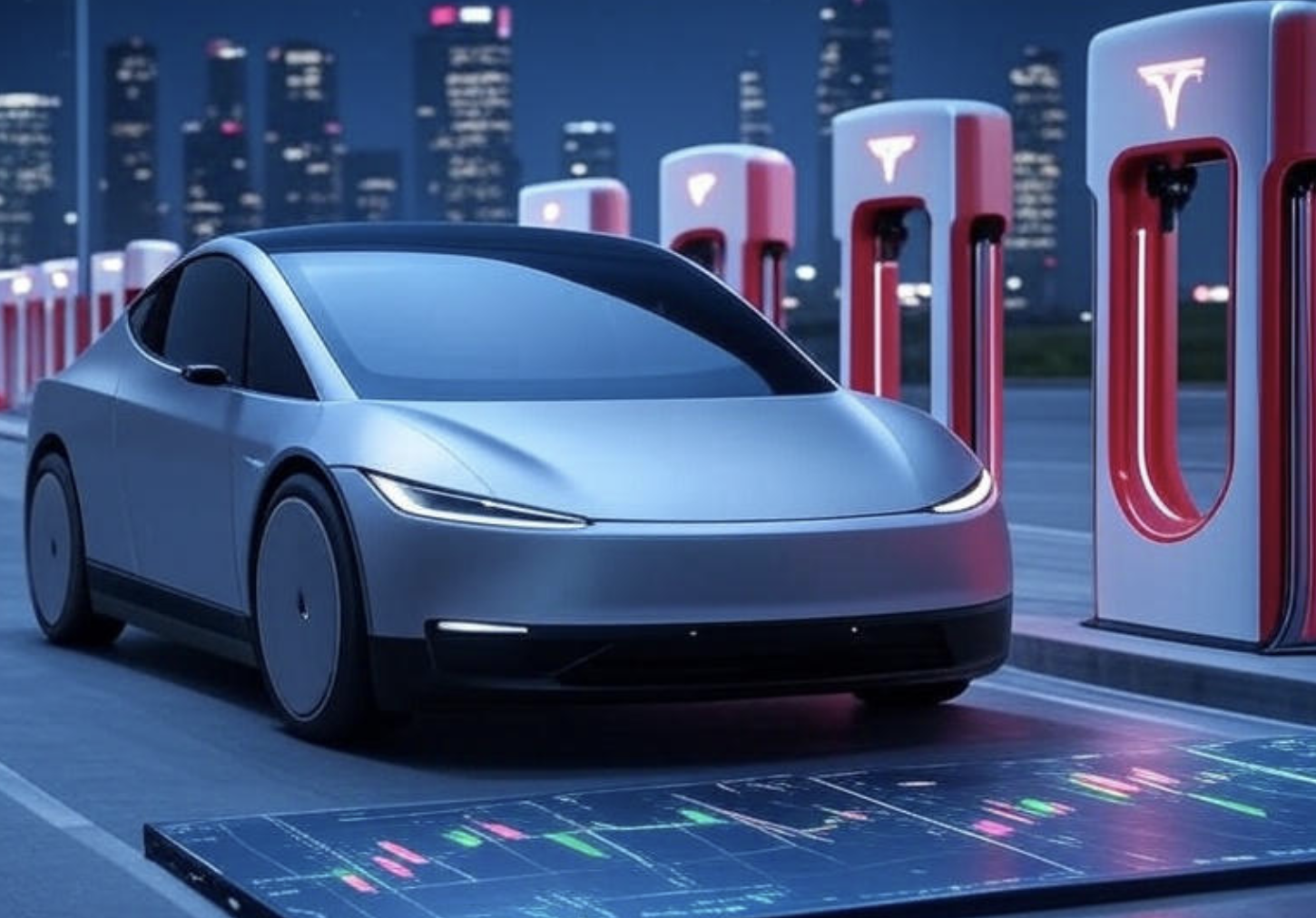As we approach the end of summer 2025, Tesla (TSLA) remains a focal point for investors, blending cutting-edge innovation with market volatility. Spanning electric vehicles, autonomous tech, and energy solutions, Tesla is evolving into a multifaceted tech leader. With the stock hovering around $330 as of August 17, 2025, key questions persist: Buy, hold, or sell? This post analyzes recent performance, developments, opportunities, and risks to guide TSLA investors.
Current Stock Performance: A Snapshot
Tesla's shares have demonstrated resilience despite market headwinds. As of August 15, 2025, TSLA closed at $330.56, down 1.5% from the prior session. Year-to-date, the stock is down about 13%, under performing some peers. Over the past 52 weeks, it ranged from $202.59 to $488.54, with an average of $307.73. Valuation metrics show a price-to-sales ratio of 10.6, price-to-earnings of 161.8, and price-to-book of 13.5. Analysts consensus 12-month target is $306.32, implying an 8.7% downside, though optimistic targets reach $425.
Following Q2 2025 earnings, which reported $1.2 billion in GAAP net income amid shifting focus to AI and energy, the stock dipped but recovered. Historical patterns suggest potential for significant rallies after consolidations.
Recent Developments Driving Momentum
2025 has brought pivotal advancements, pivoting Tesla toward AI, robotics, and expanded energy plays.
- Robotaxi and Autonomy Progress: Robotaxi services expanded with unsupervised Full Self-Driving (FSD) in key U.S. markets. Owners can now integrate vehicles into the network for shared revenue. Cybercab production ramps up for 2026, alongside FSD licensing deals.
- Energy Sector Expansion: The energy business surges with new Megapack factories and virtual power plants. Supercharger network growth positions Tesla as a utility infrastructure leader.
- Product Updates: A refreshed Model Y is in production, with an affordable EV model expected soon. Optimus robots are advancing faster than anticipated, with potential 2026 deliveries to partners, eyeing massive long-term revenue.
- AI Initiatives: Partnerships for AI chips enhance Dojo, FSD, and Optimus capabilities. Institutional interest views Tesla as a multi-trillion opportunity in AI and robotics.
- Latest Incentives and Sales Push: In August 2025, Tesla reintroduced free lifetime Supercharging for new Model 3 buyers in Canada and bundled FSD with price hikes on Model S/X. Promotional leases and Q3 incentives aim to boost inventory sales. Sales in Norway jumped despite political scrutiny around Elon Musk.
These moves could drive TSLA toward $400–$480 by early 2026 if growth accelerates.
Opportunities for Long-Term Growth
Bullish investors highlight Tesla's moat through vertical integration in batteries, software, and manufacturing. The shift to mobility-as-a-service via Robotaxi, plus energy and Optimus, could elevate Tesla to unprecedented valuation. First-mover advantages in autonomy, global FSD rollouts, and diversified production mitigate tariffs. Projections suggest potential surges to $1,000 in 12–18 months, with long-term targets exceeding $15 trillion market cap.
Recent positive news, like strong upside forecasts and resilient sales in markets like Norway, underscores growth potential despite challenges.
Risks and Headwinds to Watch
Tesla faces notable hurdles in 2025:
- Policy and Demand Shifts: Potential elimination of EV tax credits under new administration could impact sales, though short-term demand spikes are possible.
- Competition and Margins: Rivalry from Chinese EV makers like BYD pressures margins, with delivery declines noted in recent quarters.
- Brand and Leadership Risks: Customer loyalty dipped in 2025 following Elon Musk's political endorsements, per data showing reduced inflows since mid-2024. Heavy dependence on Musk adds key-person risk.
- Valuation and Execution: A 100x P/E for 2025 amid 25–30% EPS growth projections raises overvaluation concerns. Delays in Robotaxi or new models could revise growth estimates downward by 5–8%.
Macro factors, political ties, and execution slips warrant caution.
Conclusion: Position for the Long Haul
In mid-2025, Tesla stands at an inflection point, with AI, autonomy, and energy innovations offering transformative potential amid policy and competitive pressures. Long-term investors may find the growth narrative compelling, but the elevated valuation calls for risk-aware strategies like dollar-cost averaging or buying on dips below $300.
This is not financial advice consult professionals. Share your TSLA views in the comments!
